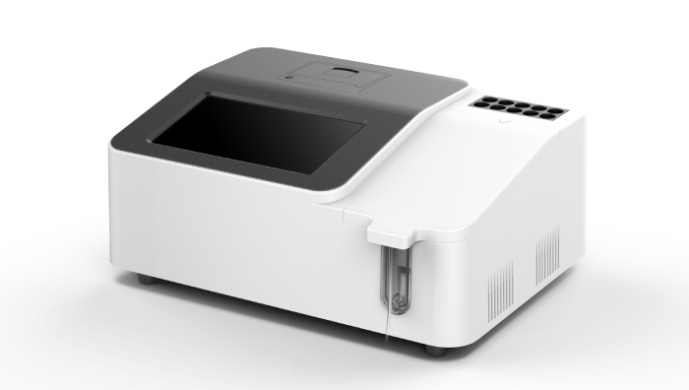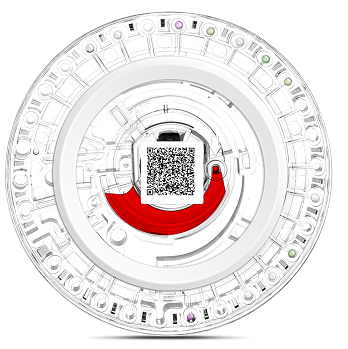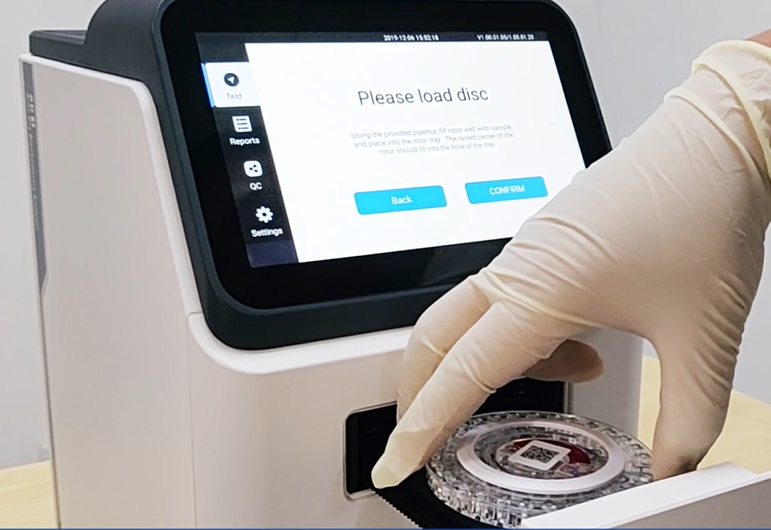release time:2022-01-20 16:13:34
Microfluidics (microfluidics) refers to the science and technology involved in systems that use microtubes (tens to hundreds of microns in size) to process or manipulate tiny fluids (nanoliters to liters in volume). Microcontrolled flow is an emerging interdisciplinary discipline involving chemistry, fluid physics, microelectronics, new materials, biology and biomedical engineering. Compared to traditional in vitro diagnostic products, microfluidic devices offer five advantages.
Since the test is done on a small chip, the sample volume required to be tested is very small. Often, only microliters or even nanoliters are required. It is also possible to test directly with whole blood, making it easier for infants, the elderly, and people with disabilities who have little blood and have difficulty collecting veins. Or very precious and rare samples, making it possible to test multiple indicators.
5. Less contamination
The problems of microfluidics are also immature technology, high cost, not found killer applications, etc. But it can be expected that these problems will be gradually solved with the technical progress in all aspects and the improvement of social support facilities. Microfluidics integrated small automation, high throughput, low consumption of detection reagents, less sample volume requirements, less pollution of their own advantages will become the mainstream of market demand.
Seamaty POCT chemistry analyzer uses a reagent tray with microfluidic technology. This reagent tray collects less blood, with a spiked volume of only 100ul, and supports whole blood, plasma or serum, helping you solve the problem of difficult blood collection for children and the elderly. From the time you put in the sample to the time you read the report, the test results are ready in 12 minutes, greatly reducing the waiting time for patients

2022-08-04
Semi-automatic biochemical analyzer has stable performance, simple structure, easy operation, low price and good openness. This analysis machine is widely used in urban community outpatient departments, rural health centers and other primary care institutions.

2022-01-21
Today, we will briefly introduce the biochemical significance of Seamaty's "9 Diabetes Test Parameters". The featured item in the "9 Diabetes Test Parameters" reagent tray is fructosamine.

2021-10-14
Biochemical analyzers can be divided into fully automatic biochemical analyzers and semi-automatic biochemical analyzers. Nowadays, most hospitals use fully automatic biochemical analyzers.